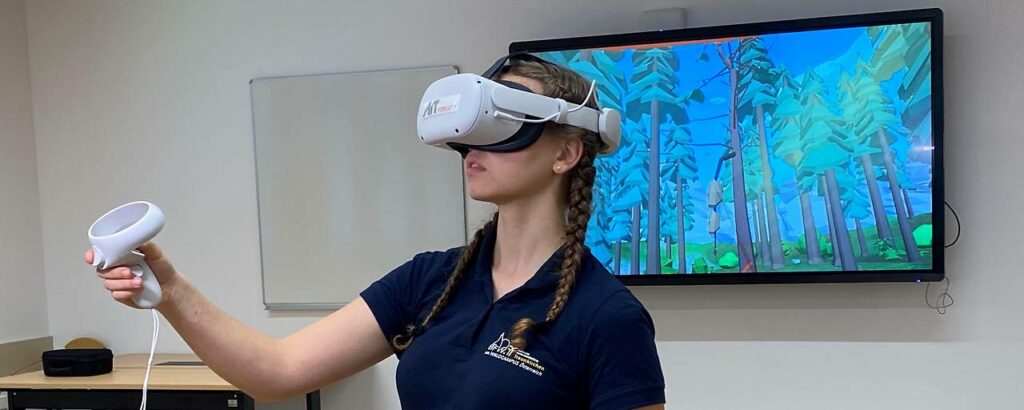Duolingo, as the leading language-learning app, presents a compelling case for the strategic implementation of gamification in UX-Design. Here are some key opportunities the author mentions, highlighted by the app’s success:
- Clever Copywriting for Positive User Experience:
- Duolingo employs attention-grabbing and encouraging copywriting throughout the user journey. This creates a positive and engaging experience, particularly crucial in language learning where users may face challenges. Implementing well-crafted messages can motivate and sustain user interest.
- Steady Progression for User Motivation:
- The app’s approach to incremental progress ensures that users start with simple concepts and gradually advance. Real-time progress tracking and a sense of accomplishment after each lesson contribute to user motivation. Incorporating this steady progression model in UX-Design can make complex tasks more manageable and rewarding.
- Powerful Use of Streaks as a Motivational Tool:
- Duolingo effectively utilizes the psychological concept of loss aversion through streaks. Encouraging users to maintain a daily streak taps into the fear of losing progress, a potent motivator. UX designers can explore incorporating streaks or similar gamified elements to foster long-term user engagement.
- Community Building Through Friends Quest:
- The introduction of a team-oriented feature in Duolingo reinforces the importance of community in language learning. Implementing collaborative elements in UX-Design, such as group challenges or shared achievements, can enhance the sense of community among users and provide additional motivation.
- Lessons for Designers:
- Duolingo’s success with gamification offers valuable lessons for designers. Understanding psychological principles behind gamification, including the fear of loss and the joy of achievement, can guide designers in creating engaging digital experiences. Applying similar strategies, like incorporating levels and rewards, can enhance user engagement across various projects.
In conclusion, Duolingo stands as a testament to the effectiveness of gamification in creating an engaging and effective user experience. UX designers can draw inspiration from its success to incorporate gamified elements that not only make learning enjoyable but also keep users committed to their goals. By understanding the psychological principles behind gamification, designers can craft experiences that resonate with users and drive desired behaviors. Duolingo’s innovative approach offers a wealth of insights for designers seeking to create educational and entertaining digital experiences.
I found this text by Reyhan Tamang pretty inspiring because it could be really helpful for my thesis to focus on the advantages of gamification when designing an educational tool for teenagers and young voters.
Source: https://uxplanet.org/ux-and-gamification-in-duolingo-40d55ee09359

